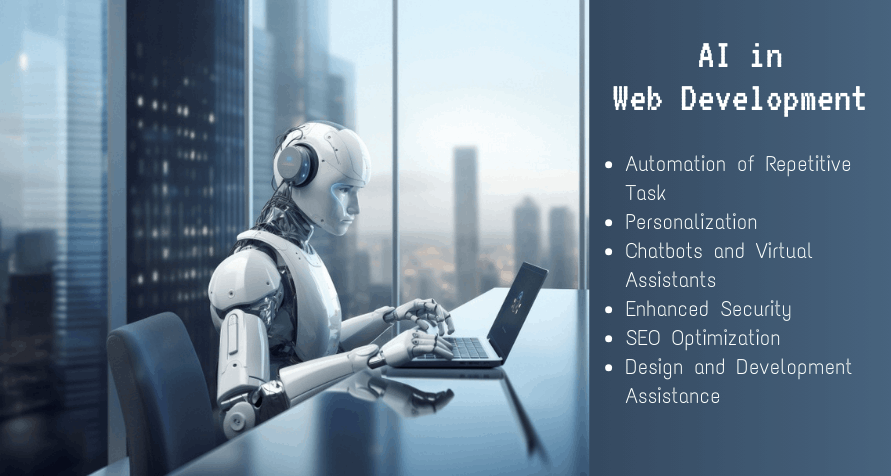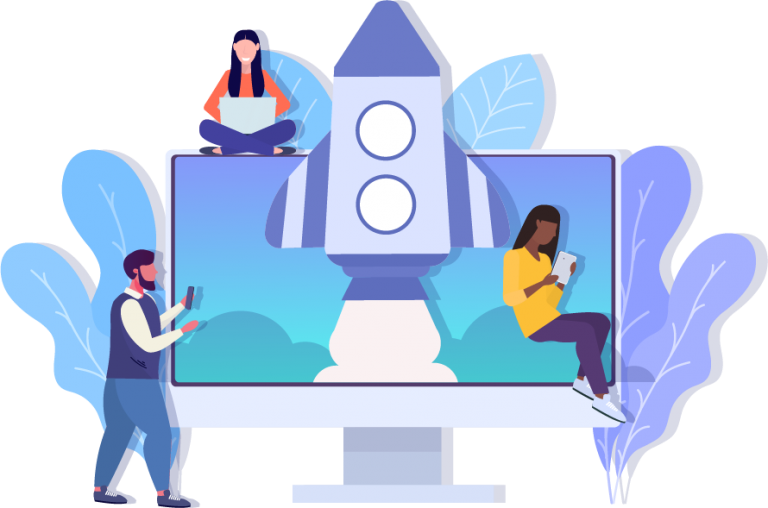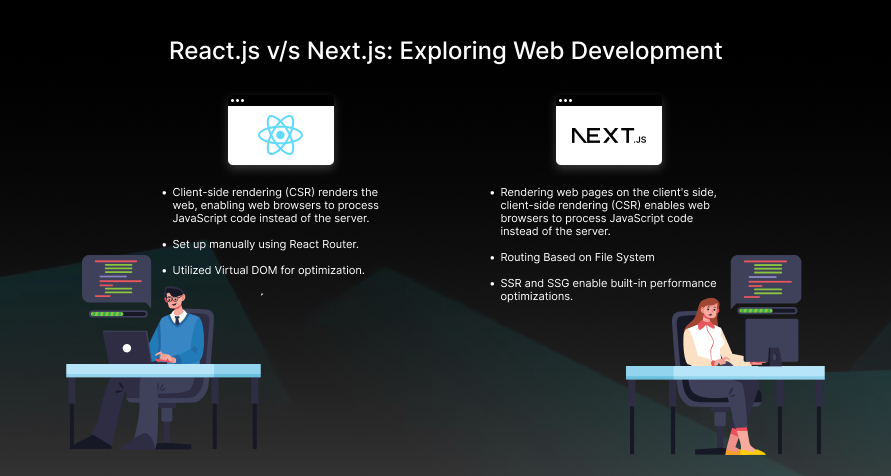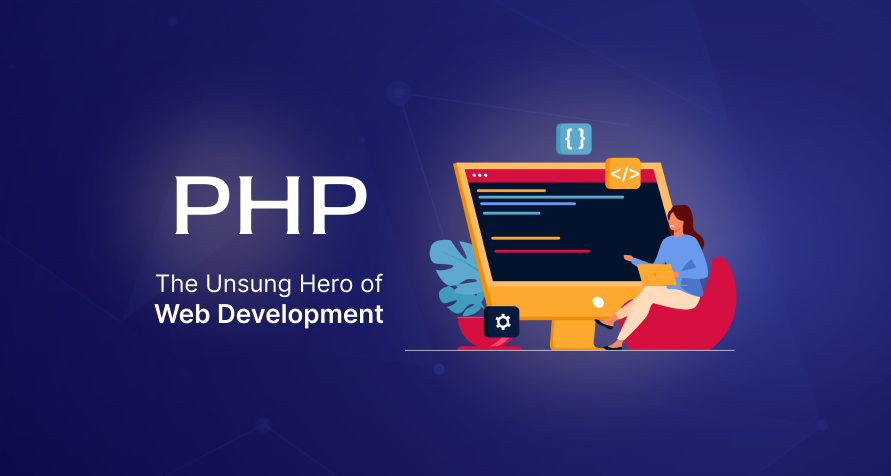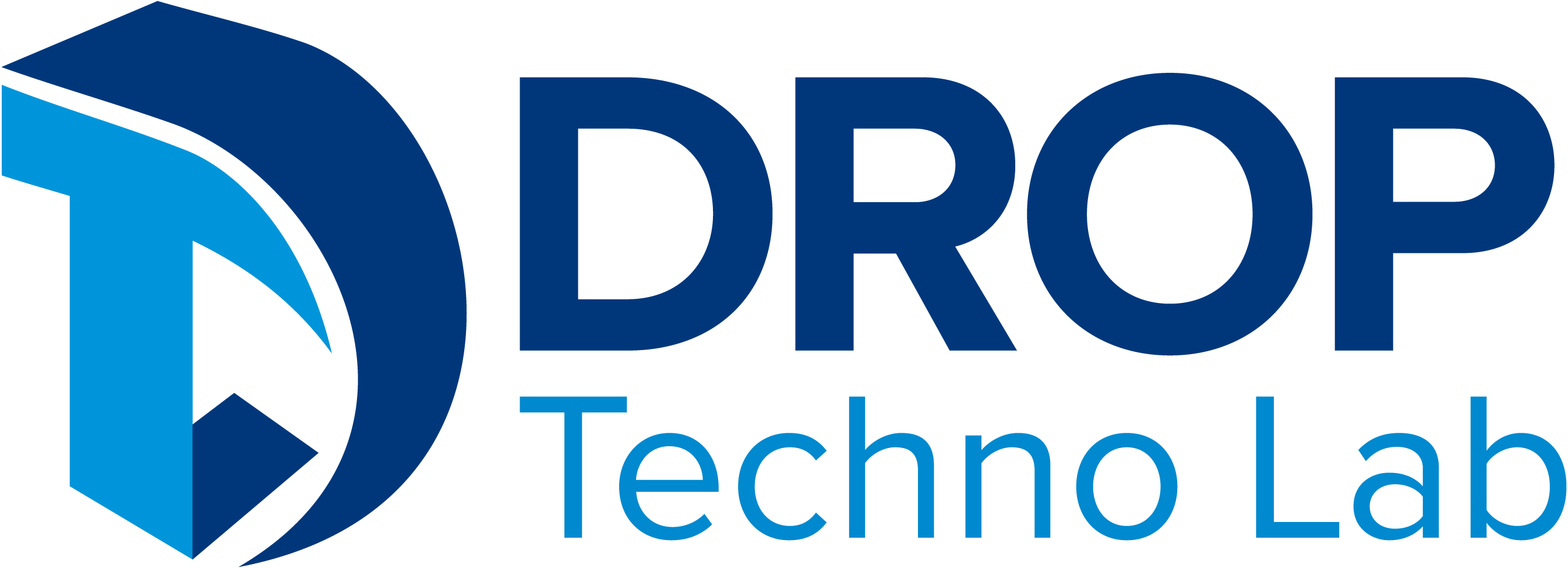Artificial intelligence (AI) constantly evolves and can transform numerous sectors, such as web development. This has the potential to bring about significant changes across various industries. In this post, we will delve into the exciting realm of AI, unveiling its considerable impact on web development and the thrilling possibilities and hurdles of integrating AI into web development processes.
What is AI?
The core of artificial intelligence (AI) involves developing machines capable of replicating human intelligence. These machines are created to imitate human thought processes and learning methods. They can perform tasks such as understanding images, recognizing and responding to spoken language, making data-based decisions, and translating text from one language to another. AI technologies encompass machine learning and natural language processing, neural networks (which imitate the human brain), and computer vision (enabling machines to comprehend images and videos).
Key Features of AI in Web Development
- Automation of Repetitive Task:
The application of AI has many practical uses, such as web development.
For instance, AI-powered tools like Google’s AutoML can automatically generate code for simple
tasks, freeing developers’ time for more complex tasks. Another example is the use of AI in website
design, where AI-driven tools can produce visually appealing and easy-to-navigate interfaces. These
real-world examples demonstrate how AI can streamline web development processes and enhance user
experiences. - Personalization:
AI-powered algorithms can examine user data to provide individualized content and experiences. This encompasses personalized suggestions, tailored marketing communications, and flexible interfaces that adapt to each user’s preferences. - Chatbots and Virtual Assistants:
AI-driven chatbots and virtual assistants offer round-the-clock customer support, addressing queries and assisting users as they navigate websites. They boost user interaction and enhance the efficiency of customer service. - Enhanced Security:
AI can identify and address security threats immediately by examining patterns and irregularities in web traffic. This proactive method aids in the prevention of cyber attacks and the protection of sensitive data. - SEO Optimization:
AI tools can evaluate search engine algorithms and user behavior. They enhance websites for improved search engine ranking by recognizing pertinent keywords, improving content quality, and evaluating competitor strategies. - Design and Development Assistance:
AI-driven design tools can produce visually appealing and easy-to-navigate interfaces. They can also provide design recommendations, automatically adjust layouts, and maintain a uniform design style throughout the website.
Advantages of AI in Web Development
- AI:
By streamlining repetitive tasks, AI enables developers to focus on more essential and innovative tasks, significantly accelerating the development process. - Improved User Experience:
AI-powered customization and flexible design improve user interaction and contentment. Websites can instantly accommodate users’ preferences and needs, delivering a smooth browsing experience. - Cost Reduction:
Enhanced efficiency and task automation can result in considerable cost reductions. AI can decrease the need for extensive development teams and reduce the occurrence of costly errors. - Better Decision-Making:
Enhanced efficiency and task automation can result in considerable cost reductions. AI can decrease the need for extensive development teams and reduce the occurrence of costly errors. - Enhanced Security:
AI’s capacity to identify and address threats instantly aids in safeguarding websites from cyberattacks, thus guaranteeing the security of user data and upholding trust.
Disadvantages of AI in Web Development:
- High Initial Investment:
Implementing AI technologies may necessitate a substantial initial investment in software, hardware, and specialized expertise. - Complexity and Maintenance:
Developing and maintaining AI systems can be a complex task. Continuous monitoring, updates, and troubleshooting are essential to function effectively. - Data Privacy Concerns:
It’s important to remember AI’s potential risks, including privacy and security challenges, compliance issues, loss of user trust, and the possibility of incorrect decisions. Maintaining a balanced view of AI’s capabilities and limitations is crucial. - Job Displacement:
Automating everyday tasks could replace jobs historically performed by human developers, leading to a demand for retraining and adjustment within the workforce.
- Over-Reliance on AI:
While AI can automate tasks and enhance efficiency, human supervision is irreplaceable. Relying solely on AI for crucial tasks carries risks if the systems malfunction. Developers and business professionals are essential in ensuring the dependability of AI-powered operations.
Conclusion:
AI revolutionizes web development by automating tasks, enhancing user experiences, and fortifying security and efficiency. Despite potential drawbacks, such as high initial costs and data privacy concerns, the benefits of AI in web development are substantial. Developers and businesses can gain a competitive advantage in a rapidly evolving market by embracing and harnessing AI’s capabilities to deliver practical, personalized, and secure web experiences.
